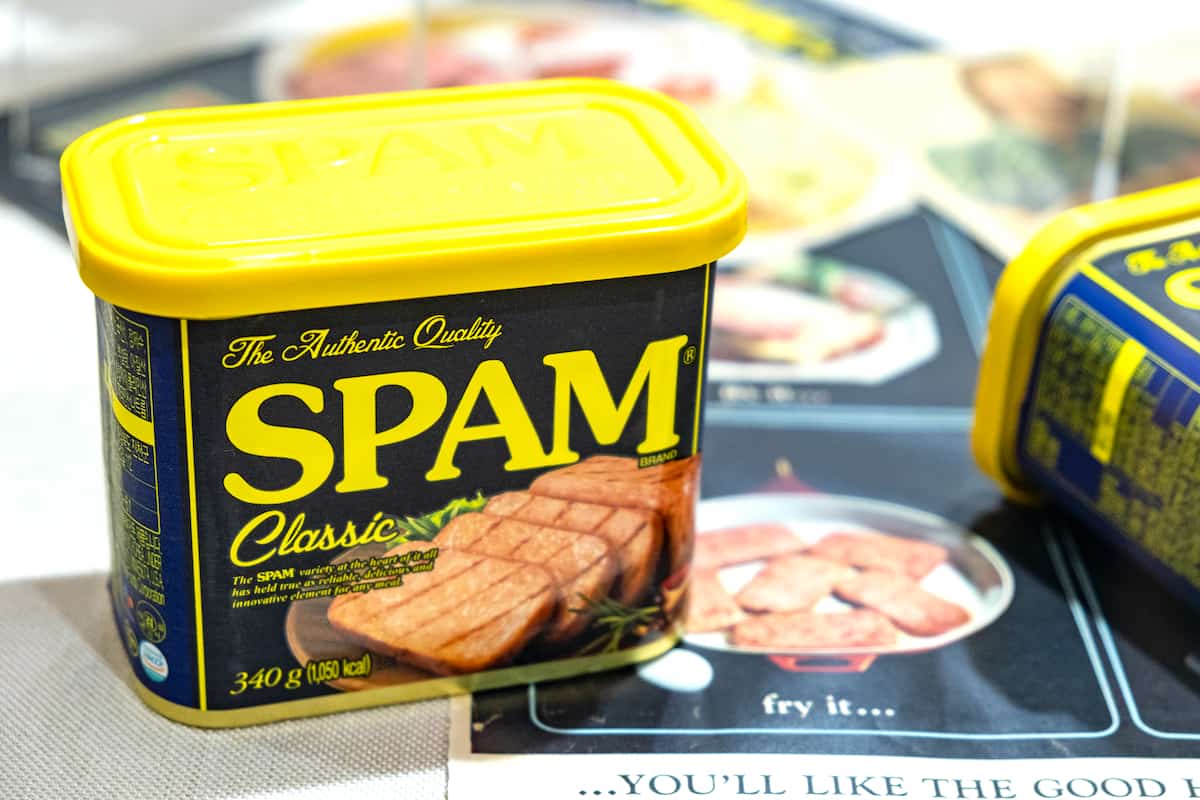

Articles
How To Store Unused Spam
Modified: May 6, 2024
Learn the best ways to store unused spam articles to ensure their freshness and longevity. Protect your investment by following these simple storage tips.
(Many of the links in this article redirect to a specific reviewed product. Your purchase of these products through affiliate links helps to generate commission for Storables.com, at no extra cost. Learn more)
Introduction
Spam is a popular canned meat that has been gracing the shelves of grocery stores for decades. While many people enjoy the taste and convenience of spam, it’s not uncommon to find yourself with unused cans sitting in your pantry. Instead of letting them go to waste, why not consider storing your unused spam for later use?
Storing unused spam can provide a range of benefits, from saving money to ensuring you always have a quick and easy meal option on hand. With proper storage techniques, you can extend the shelf life of your spam, keeping it fresh and delicious for an extended period of time. In this article, we’ll explore the benefits of storing unused spam, how to properly prepare and handle it, as well as techniques for long-term storage.
By properly storing your unused spam, you not only maximize its lifespan but also reduce food waste. It’s a win-win situation that allows you to enjoy this versatile meat product whenever you desire. So, let’s dive in and discover the exciting world of storing unused spam!
Key Takeaways:
- Storing unused spam not only saves money and reduces food waste but also opens up a world of culinary possibilities. With proper handling and long-term storage techniques, you can enjoy this versatile meat product for years to come.
- From spam fried rice to musubi and sliders, unused spam can be transformed into delicious dishes. By monitoring expiration dates and maintaining proper storage, you can elevate your meals with the unique flavor of spam.
Read more: How To Store Spam
Benefits of Storing Unused Spam
Storing unused spam can offer numerous benefits, both in terms of practicality and taste. Here are some of the key advantages of storing your spam:
- Cost Savings: Buying spam in bulk or on sale and storing it allows you to take advantage of lower prices, saving you money in the long run. You can stock up during sales or when there are promotions, ensuring you never run out of this pantry staple.
- Convenience: Keeping a supply of stored spam in your pantry ensures you always have a quick and easy meal option available. Whether you’re in a rush or simply don’t feel like cooking, having spam on hand can be a lifesaver.
- Long Shelf Life: Spam has a long shelf life when stored properly. By following the correct storage techniques, you can extend its lifespan and maintain its quality and flavor for an extended period of time. This makes it a reliable option for emergency food storage or for those times when you need a backup meal.
- Diverse Recipe Options: Storing unused spam opens up a world of culinary possibilities. With a stockpile of this versatile meat product, you can experiment with different recipes, from spam sandwiches and stir-fries to spam musubi and salads. The flexibility and adaptability of spam make it an exciting ingredient to incorporate into your cooking.
- Reduced Food Waste: By storing your unused spam, you minimize food waste and contribute to a more sustainable lifestyle. Instead of letting it go bad and ending up in the trash, you can make the most of every can and enjoy its deliciousness down the line.
With these benefits in mind, it’s clear that storing unused spam is a smart and practical choice. Not only does it save you money and convenience, but it also allows you to explore a variety of flavorful dishes. Now that we’ve explored the advantages, let’s dive into how to properly prepare and handle spam for storage.
Preparing to Store Unused Spam
Before you start storing your unused spam, it’s important to take a few steps to ensure that it stays fresh and maintains its quality. Here are some key preparations to consider:
- Inspect the Cans: Before storing your spam, check each can for any signs of damage, such as bulging or dents. Damaged cans can compromise the quality and safety of the meat, so it’s best to discard them.
- Remove Excess Packaging: Most spam cans come with an outer wrapper or cardboard sleeve. Remove this excess packaging as it can take up unnecessary space and potentially attract pests.
- Clean the Cans: Wipe down the surface of each can with a clean cloth or paper towel to remove any dirt or residue. This step ensures that no contaminants are introduced into your storage area.
- Label and Date: To keep track of your stored spam, use a permanent marker to label each can with its type and the date you placed it in storage. This way, you can easily identify the contents and monitor their shelf life.
By taking these preliminary steps, you set the stage for proper storage and ensure that your spam remains fresh and safe to consume. Next, let’s explore the best containers to use for storing your unused spam.
Choosing the Right Containers
When it comes to storing unused spam, selecting the right containers plays a crucial role in maintaining its quality and extending its shelf life. Here are a few factors to consider when choosing containers:
- Airtightness: Opt for containers that have a tight seal to prevent air from entering and spoiling the spam. Mason jars, plastic containers with secure lids, or vacuum-sealed bags are excellent choices for keeping the meat fresh.
- Durability: Ensure that the containers you choose are durable and made from food-grade materials. Glass jars, BPA-free plastic containers, or stainless steel containers are ideal options as they are resistant to corrosion and won’t affect the taste or quality of the spam.
- Size and Shape: Consider the size and shape of the containers to maximize storage space. Rectangular or square-shaped containers are more space-efficient than round ones, allowing you to stack them neatly in your pantry or fridge.
- Transparency: If possible, opt for transparent or translucent containers. This allows you to easily identify the contents without opening them, making it convenient to locate specific cans or check their condition.
It’s worth noting that if you decide to use mason jars, ensure you use new lids and rings to achieve a proper seal. Additionally, labeling the containers can help you quickly identify the contents and keep track of expiration dates. Now that you’ve chosen the right containers, let’s move on to the proper handling and preparation of your spam for storage.
Properly Handling and Preparing Spam
Proper handling and preparation of spam before storage is essential to maintain its quality and prevent contamination. Follow these steps to handle and prepare your spam for storage:
- Wash Hands: Before handling spam or any food product, ensure that your hands are clean. Wash them thoroughly with soap and warm water for at least 20 seconds.
- Use Sanitized Utensils: When opening spam cans, use sanitized utensils such as a clean can opener to prevent any potential contamination.
- Drain Excess Liquid: Spam is often packed in a gelatinous liquid. Before storing, drain the excess liquid by opening the can and pouring it out carefully.
- Divide Into Portions: If you don’t plan on using the entire can at once, divide the spam into smaller portions before storing. This allows you to defrost and use only what you need, preventing waste.
- Wrap or Seal Properly: Place each portion of spam into individual airtight containers or sealable bags, ensuring they are tightly sealed to prevent air and moisture from getting in.
- Refrigerate or Freeze: Depending on how soon you plan to use the spam, store it in the refrigerator for short-term storage (around 3-5 days) or in the freezer for longer-term storage (up to several months).
By following these handling and preparation guidelines, you can ensure that your spam remains safe to consume and maintains its quality throughout the storage period. Now that your spam is properly prepared, let’s explore techniques for long-term storage.
Read more: How To Store Opened Spam
Techniques for Long-term Storage
If you’re looking to store your unused spam for an extended period, utilizing proper long-term storage techniques is essential. Follow these techniques to ensure that your spam stays fresh and flavorful:
- Freezing: Freezing is the most reliable method for long-term storage of spam. Wrap each portion of spam tightly in plastic wrap or place it in airtight freezer bags to prevent freezer burn. Label each package with the contents and date before placing it in the freezer.
- Temperature Control: Set your freezer temperature to 0°F (-18°C) to maintain the quality of the stored spam. Fluctuations in temperature can affect the texture and taste of the meat.
- Organize and Stack: Arrange your stored spam in an organized manner, stacking them neatly to maximize space utilization. This makes it easier to access the desired portions without disturbing the rest.
- FIFO Method: When storing multiple portions, practice the “first in, first out” (FIFO) method. This means using the oldest portion first to maintain freshness and prevent any cans from being forgotten and left unused for too long.
- Keep Away from Odorous Foods: Spam has a distinct flavor and odor, so it’s important to store it away from strong-smelling foods to prevent flavor transfer. Keep it separate from items like onions, garlic, or pungent cheeses.
By employing these long-term storage techniques, you can confidently store your spam for several months while ensuring its quality and taste remain uncompromised. Now that you know how to store it properly, let’s move on to tips for organizing your stored spam.
Store unused spam in an airtight container in the refrigerator or freezer. This will help prevent bacteria growth and keep the spam fresh for longer.
Tips for Organizing Your Stored Spam
Organizing your stored spam can help you maintain a well-managed pantry and easily access the cans when needed. Follow these tips to keep your stored spam organized:
- Designate a Space: Set aside a specific area in your pantry, cabinet, or freezer dedicated solely to storing your spam. This ensures that it’s easy to find and keeps your storage space neat and organized.
- Group by Type: Consider grouping your spam cans by type. For example, store all the classic spam varieties together and separate them from flavored or reduced-sodium options. This makes it easier to locate the specific type you’re looking for.
- Use Storage Containers or Bins: To keep your spam cans neatly organized, consider using storage containers or bins. These can help create compartments and prevent cans from rolling around or getting disorganized.
- Label the Containers: Attach labels or use clear plastic sleeves to indicate the types of spam in each container or bin. This makes it effortless to identify and retrieve the desired can without having to open all the containers.
- Rotate the Stock: As you purchase new spam cans, make sure to rotate them with the ones already in storage. Use the cans that were stored earlier before consuming the recently purchased ones. This ensures that the oldest cans are consumed first, preventing any from expiring.
- Regularly Check Expiration Dates: Periodically check the expiration dates on your stored spam cans to ensure they are still within the recommended timeframe. This helps avoid consuming expired products and promotes food safety.
By implementing these tips, you can maintain an organized storage system for your spam cans, making it easy to find specific variations and preventing any cans from going unused or forgotten. Now that you’re equipped with organizing techniques, let’s move on to the importance of keeping track of expiration dates.
Keeping Track of Expiration Dates
When it comes to storing your spam and other food items, keeping track of expiration dates is crucial. This practice ensures that you consume the products while they are still fresh and safe to eat. Here are some tips for effectively managing and monitoring expiration dates:
- Labeling: As mentioned earlier, it’s important to label each can of spam with the date it was placed into storage. Additionally, include the expiration date on the label if it’s not already printed on the can. This makes it easy to identify which cans need to be used first.
- Inventory List: Create an inventory list of the spam cans you have stored along with their respective expiration dates. This can be done on a piece of paper, a spreadsheet, or a dedicated pantry organization app. Regularly update this list when new cans are added or used, ensuring you have an accurate record of your stock.
- Regular Checks: Periodically review your inventory list to identify the cans nearing their expiration dates. Plan your meals accordingly to prioritize using those cans before they reach their expiration dates.
- Use First-In, First-Out (FIFO) Method: When selecting cans of spam to use, always reach for the ones with the closest expiration dates first. This way, you consume the oldest cans before they expire, preventing food waste.
- Be Mindful of Shelf Life: Familiarize yourself with the typical shelf life of spam to ensure you consume it while it’s still at its best quality. While properly stored spam can last for several years, it’s recommended to consume it within 2-5 years for optimal flavor and texture.
By incorporating these practices into your storage routine, you can effectively manage the expiration dates of your stored spam cans. This ensures that you enjoy the meat while it’s still fresh and minimizes the risk of consuming expired products. Now let’s explore the exciting possibilities of utilizing unused spam in recipes!
Monitoring and Maintaining Stored Spam
While storing spam can help extend its shelf life, it’s important to monitor and maintain the quality of the stored cans. Here are some tips to ensure that your stored spam remains fresh and safe to consume:
- Regular Inspections: Periodically check your stored spam cans for any signs of damage, such as bulging or leaking. Discard any cans that show signs of spoilage or compromise in the packaging.
- Rotate the Stock: When you purchase new cans of spam, make sure to rotate your stock. Use the cans that were stored earlier in order to consume them before their expiration dates. This helps prevent any cans from being left unused for too long.
- Keep the Storage Area Clean: Regularly clean and organize the area where you store your spam cans. This ensures a clean and hygienic storage environment and minimizes the risk of attracting pests or contaminants.
- Check for Temperature Fluctuations: Monitor the temperature of your storage area, whether it’s the pantry or the freezer. Fluctuations in temperature can affect the quality of the spam. Aim to keep the storage area at a consistent temperature to maintain the freshness of the meat.
- Properly Seal Opened Cans: If you have partially used a can of spam, ensure that it is properly sealed before placing it back into storage. Consider transferring the remaining portion to an airtight container to maintain its flavor and prevent any potential contamination.
- Consume Before Expiration: While properly stored spam can last for a long time, it’s always best to consume it before its expiration date. This way, you can enjoy the best quality and flavor of the meat.
By being vigilant and proactive in monitoring and maintaining your stored spam, you can ensure that it remains in optimal condition. This allows you to enjoy the meat for an extended period while minimizing the risk of consuming spoiled or unsafe products. Now, let’s explore the delightful possibility of utilizing unused spam in various recipes.
Read more: How To Store Spam Musubi
Utilizing Unused Spam in Recipes
Unused spam cans can be transformed into delicious and versatile ingredients for a wide range of recipes. Here are some creative ideas for incorporating unused spam into your culinary endeavors:
- Spam Fried Rice: Dice or slice spam into small pieces and sauté it with vegetables, garlic, and cooked rice. Add soy sauce, sesame oil, and your favorite seasonings for a flavorful and savory dish.
- Spam Musubi: This popular Hawaiian snack combines spam, rice, and seaweed. Slice spam into rectangular pieces, pan-fry them until crispy, and then layer them on top of seasoned sushi rice. Wrap the rice and spam with a strip of dried seaweed, and enjoy this delicious handheld treat.
- Spam and Egg Breakfast Biscuit: Pan-fry slices of spam until crispy and prepare scrambled eggs. Place them inside a freshly baked biscuit for a hearty and satisfying breakfast sandwich.
- Spam Salad: Chop spam into small, bite-sized pieces and incorporate them into a salad with mixed greens, tomatoes, cucumbers, and your choice of dressing. The saltiness of the spam adds a unique twist to the salad.
- Spam Stir-Fry: Slice spam and stir-fry it with an assortment of vegetables like bell peppers, broccoli, carrots, and snap peas. Add your favorite sauce, such as teriyaki or sweet and sour, for a quick and flavorful meal.
- Spam Sliders: Thinly slice spam and pan-fry until crispy. Place the spam slices on small buns or slider rolls, add some cheese, lettuce, and your preferred condiments for mini sandwiches that are perfect for parties or game day.
These are just a few examples of how you can utilize unused spam in various recipes. Feel free to experiment and get creative in the kitchen. The versatility of spam opens the door to countless possibilities, so don’t hesitate to try new combinations and flavors.
With these exciting recipe ideas, you can transform unused spam into delightful dishes that will leave your taste buds satisfied. Now, let’s conclude our exploration of storing unused spam.
Conclusion
Storing unused spam is a practical and economical choice that offers a range of benefits. From cost savings and convenience to reducing food waste and expanding culinary possibilities, storing spam ensures that you always have a versatile ingredient on hand for quick and delicious meals.
By following the proper techniques for handling, preparing, and storing spam, you can extend its shelf life and maintain its quality. Choosing the right containers, monitoring expiration dates, and organizing your stored spam are essential steps in ensuring that it remains fresh and safe to consume.
Utilizing unused spam in recipes brings a delightful twist to traditional dishes. From stir-fries and musubi to fried rice and sliders, the possibilities are endless. Infusing your meals with the unique flavor and versatility of spam adds a touch of creativity to your culinary endeavors.
In conclusion, don’t let unused spam cans go to waste. Store them properly, get creative in the kitchen, and enjoy the benefits of having a versatile and delicious ingredient readily available. By implementing these tips and techniques, you’ll not only save money but also reduce food waste while exploring exciting culinary options.
So, start storing your unused spam today, and unlock a world of flavors and possibilities!
Now that you've got a grip on storing unused spam, why not tackle another challenge? Small kitchens can be tricky, but with our next guide on kitchen organization, you'll learn ten innovative ways to declutter and maximize space. From clever storage solutions to layout tips, these strategies not only make cooking a breeze but also keep your kitchen looking sharp. Ready to transform your cramped cooking space into a functional haven? Dive into our next read and discover practical insights that make a big difference.
Frequently Asked Questions about How To Store Unused Spam
Was this page helpful?
At Storables.com, we guarantee accurate and reliable information. Our content, validated by Expert Board Contributors, is crafted following stringent Editorial Policies. We're committed to providing you with well-researched, expert-backed insights for all your informational needs.
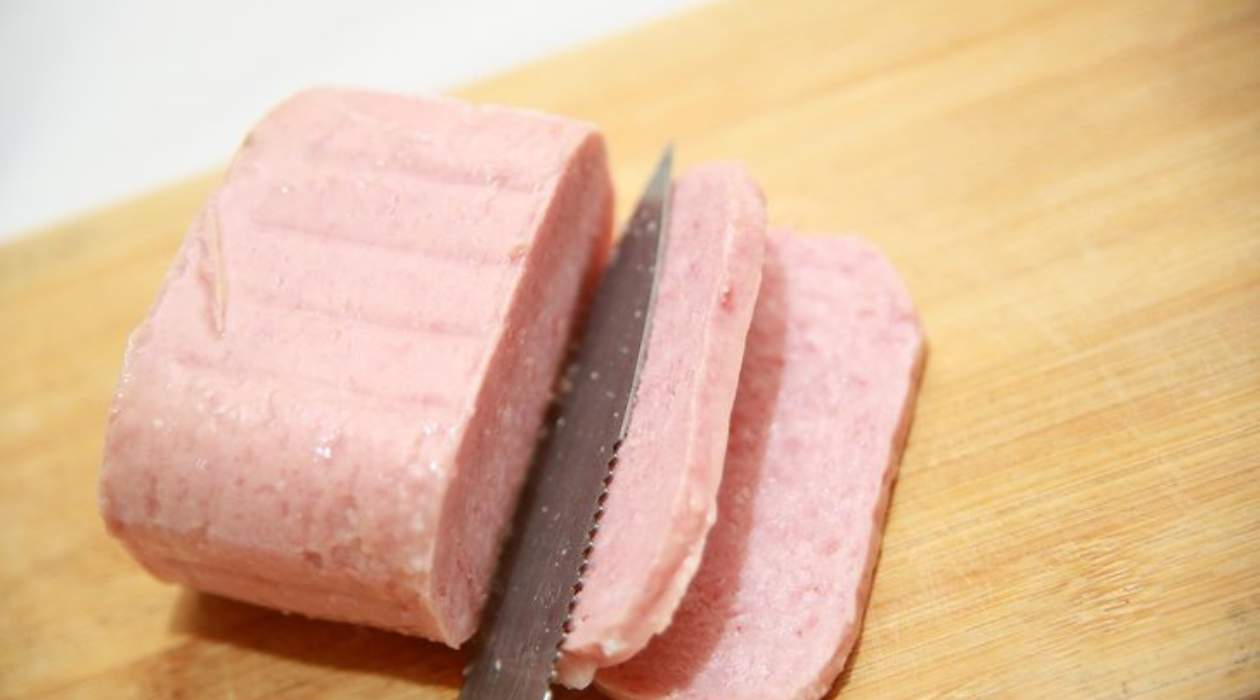
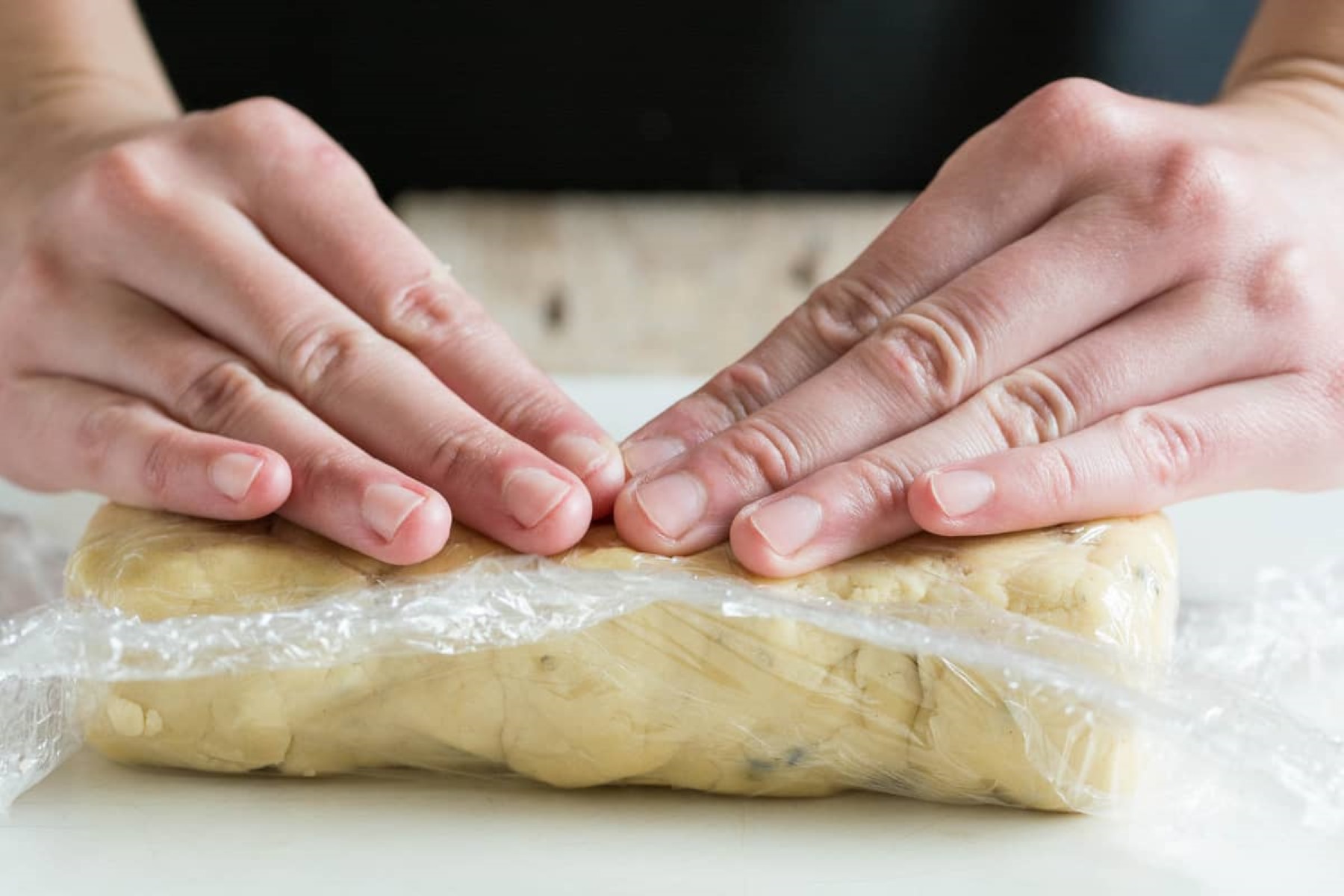
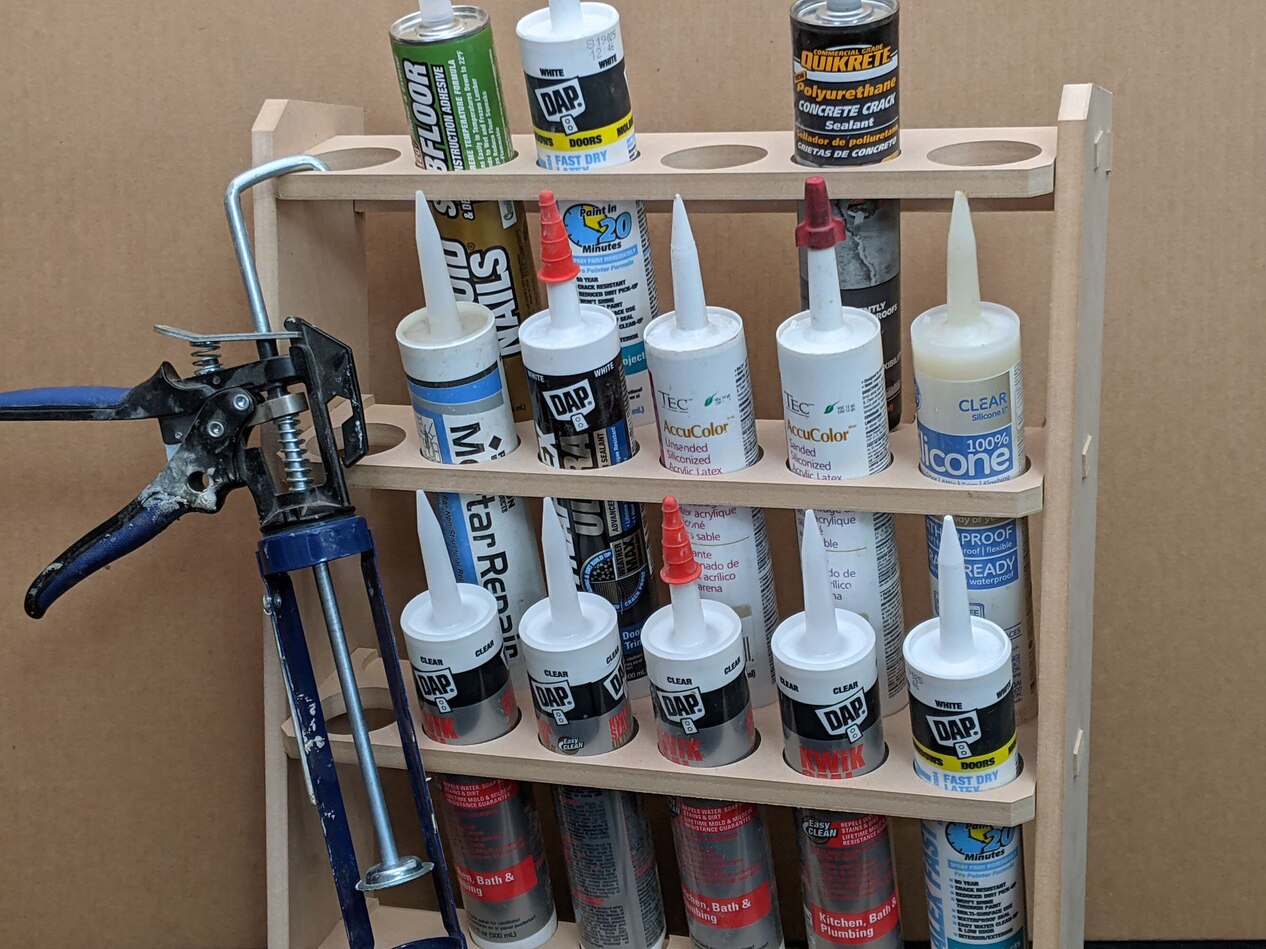
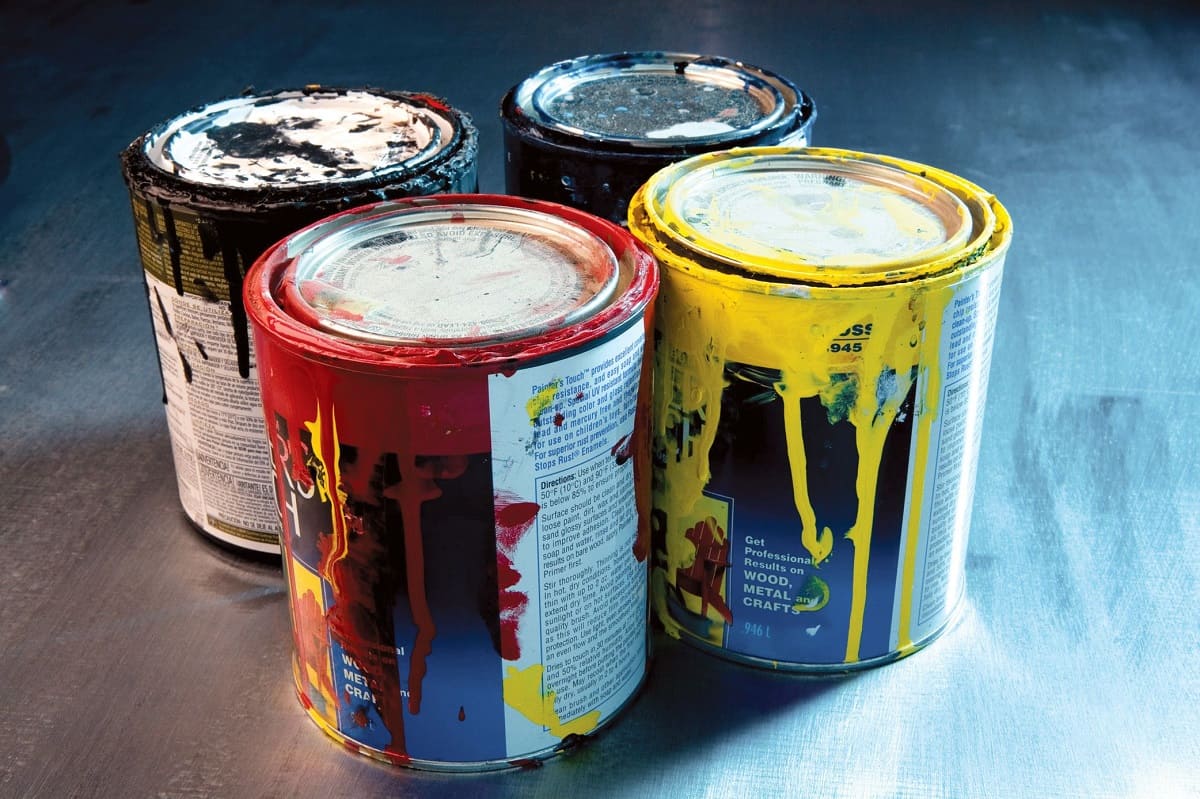
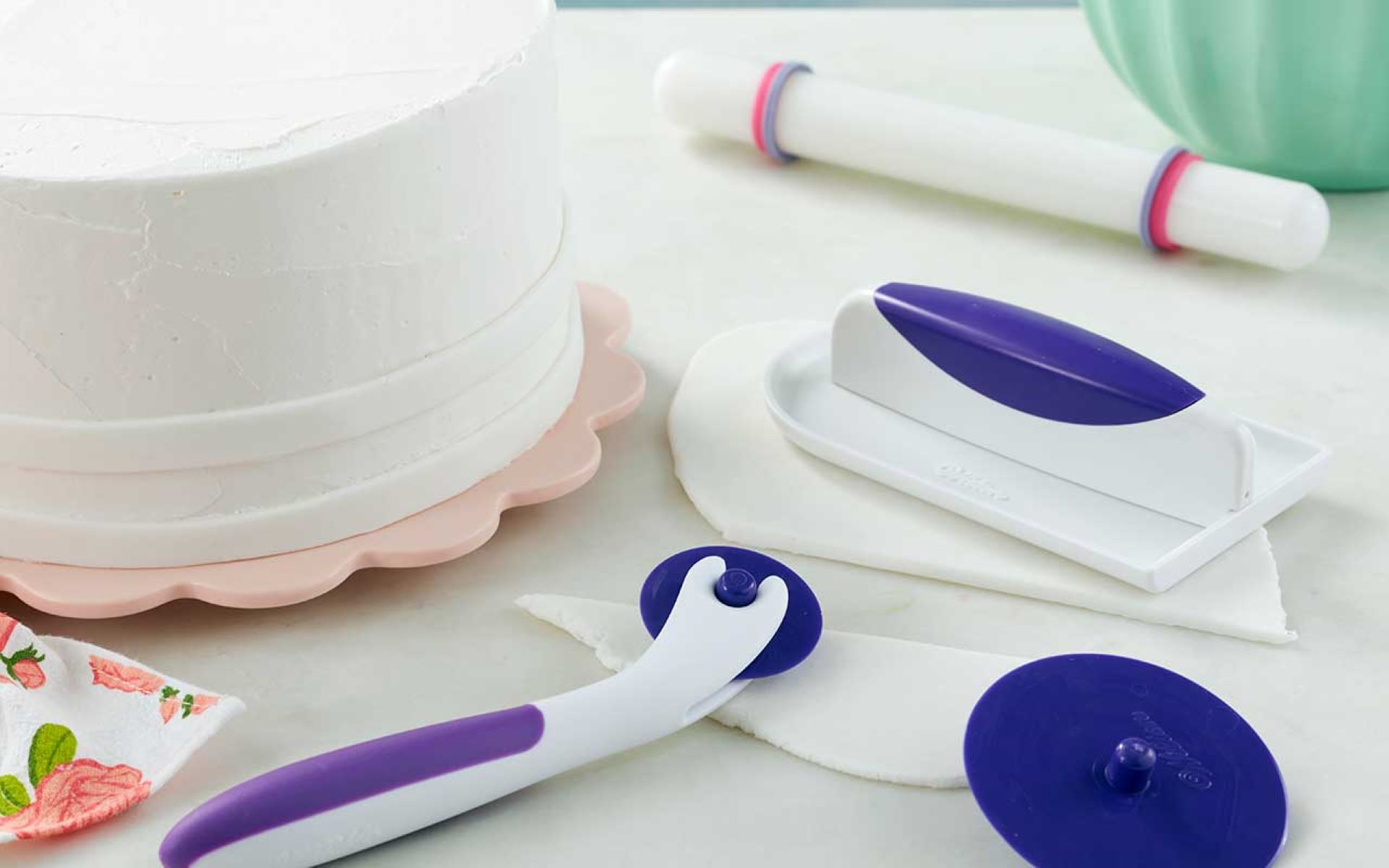
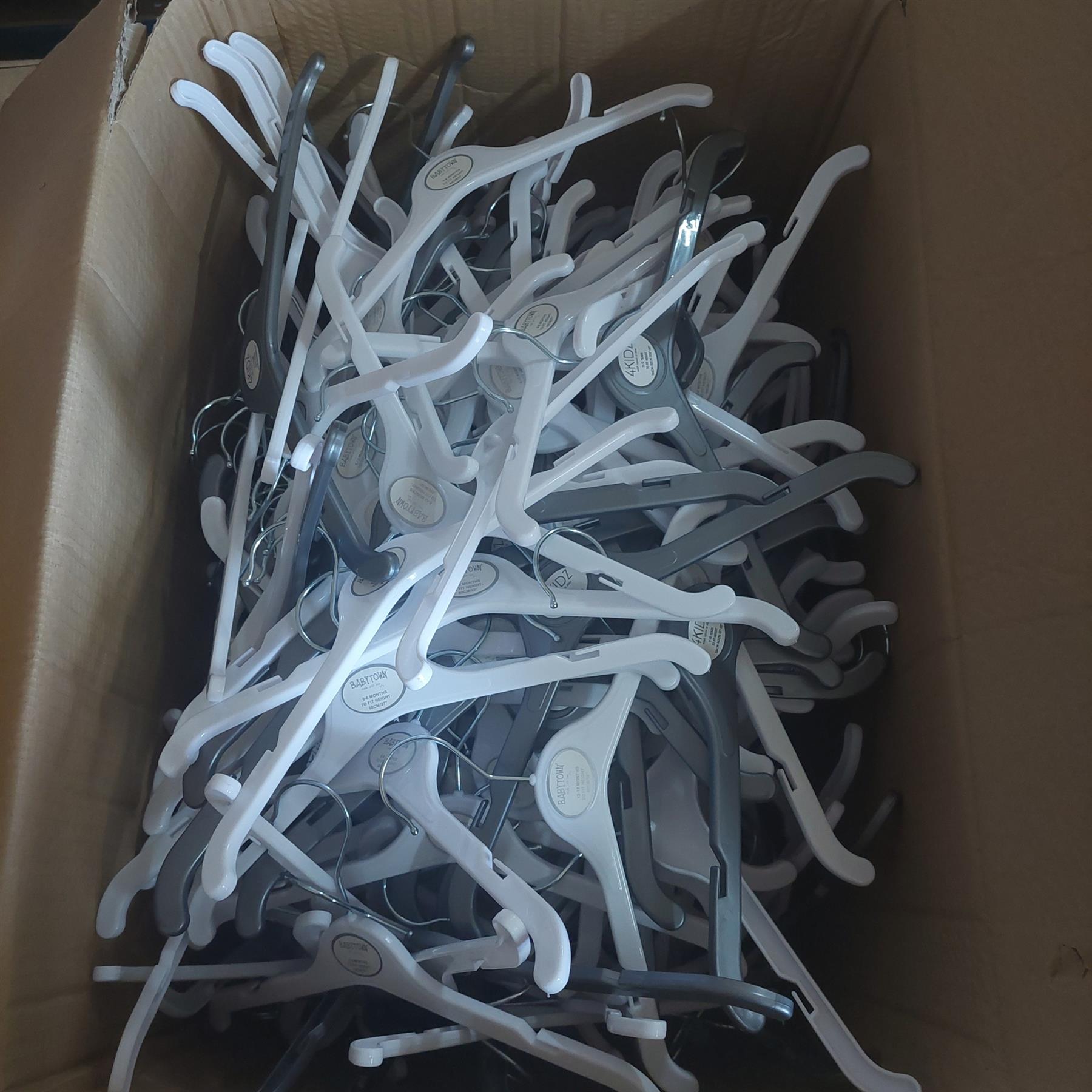
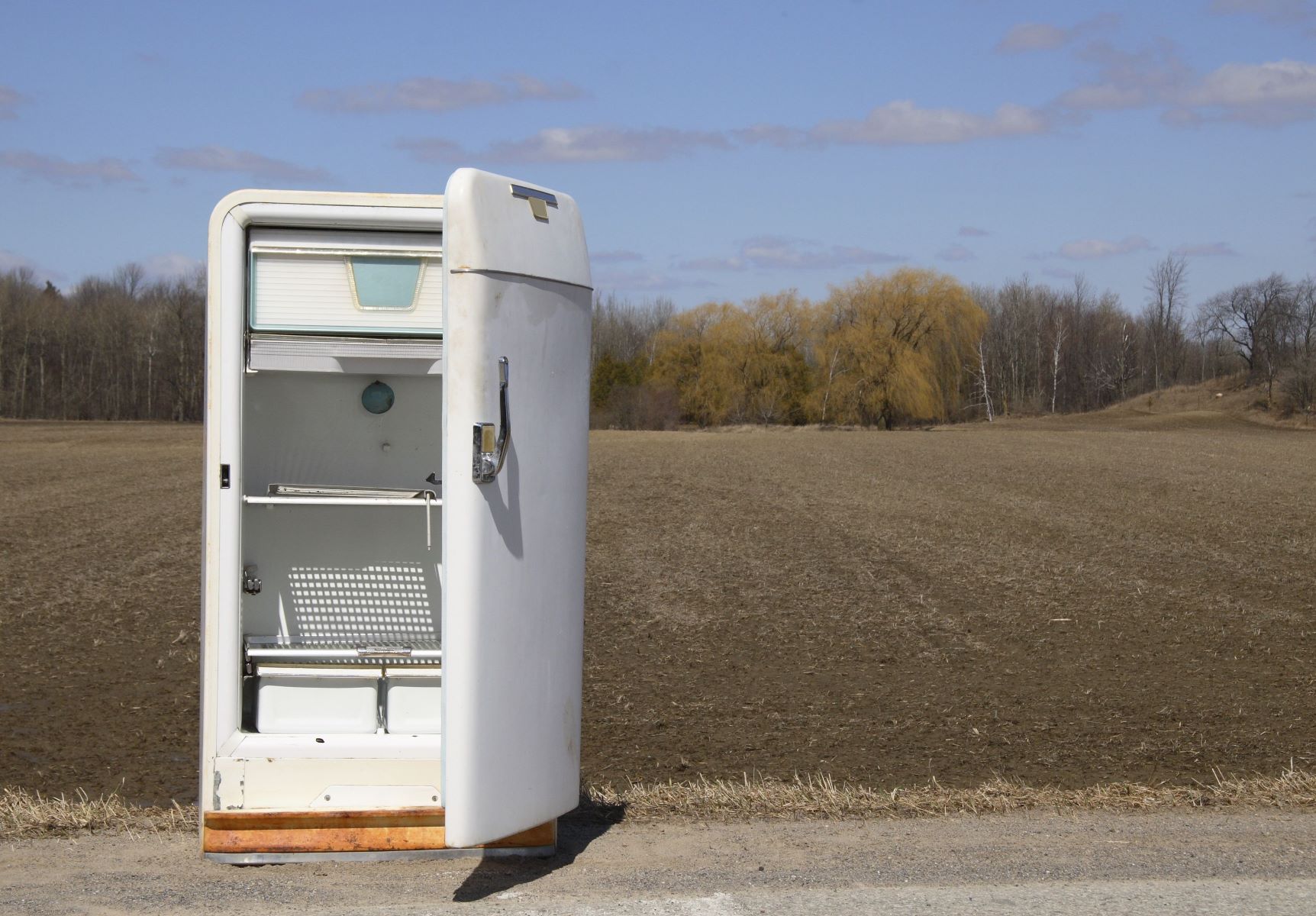

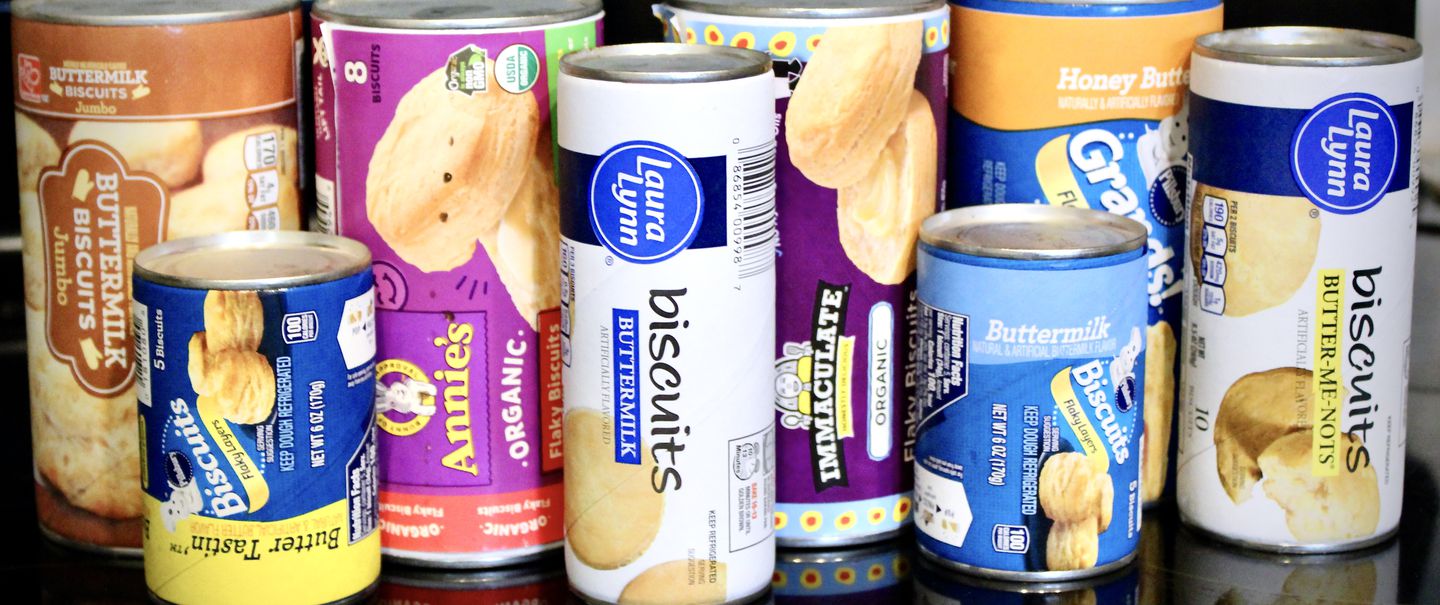

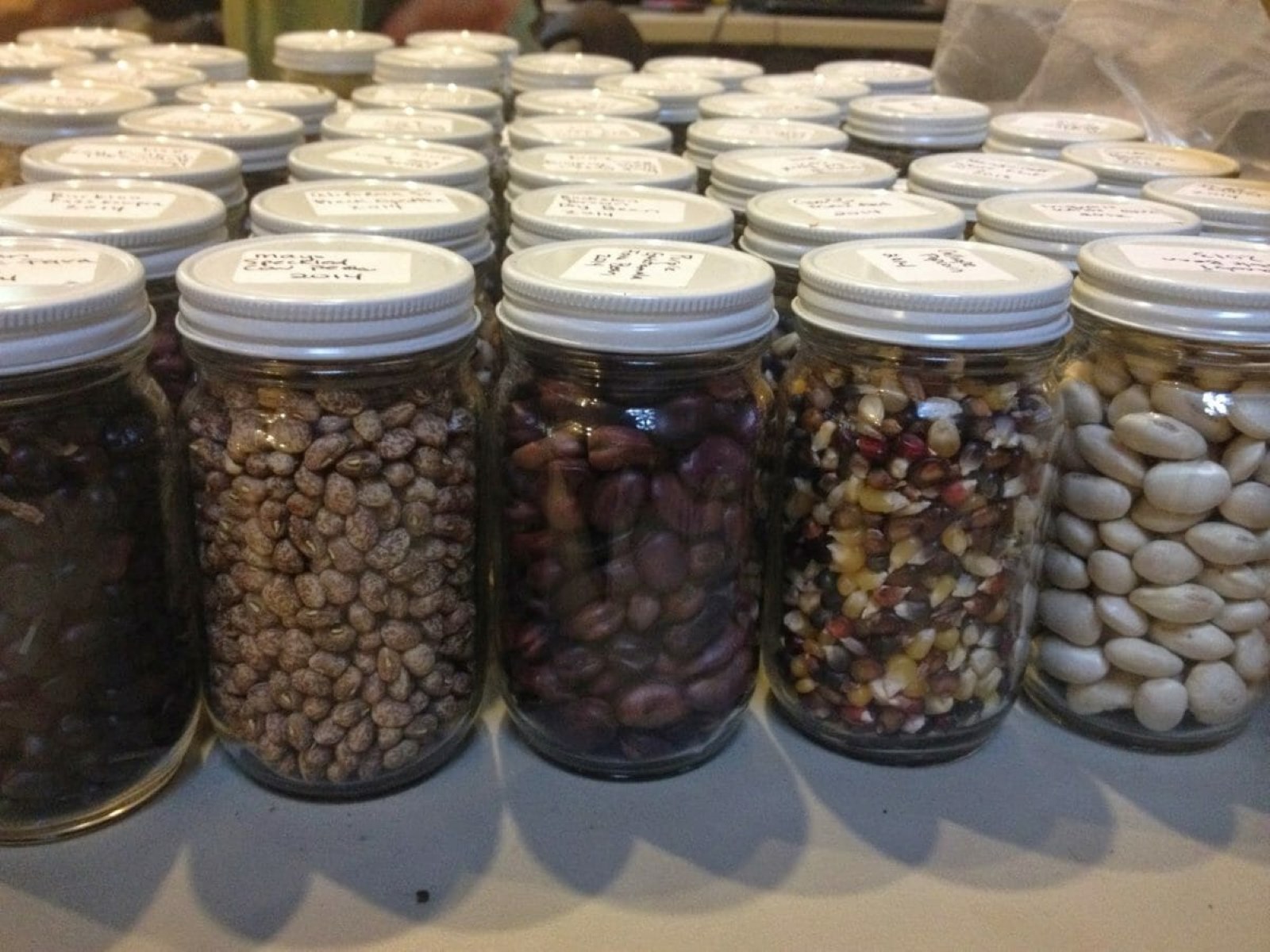
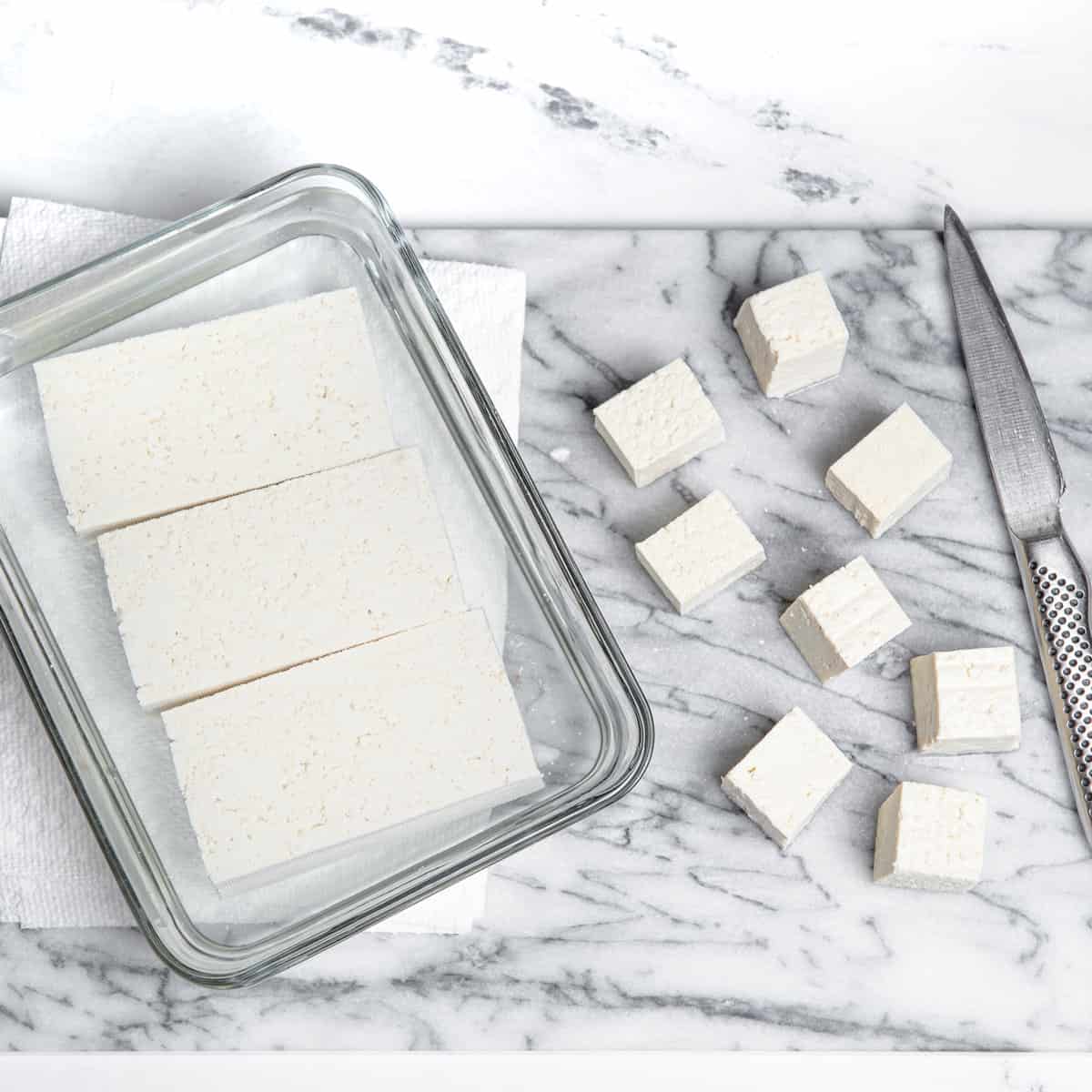
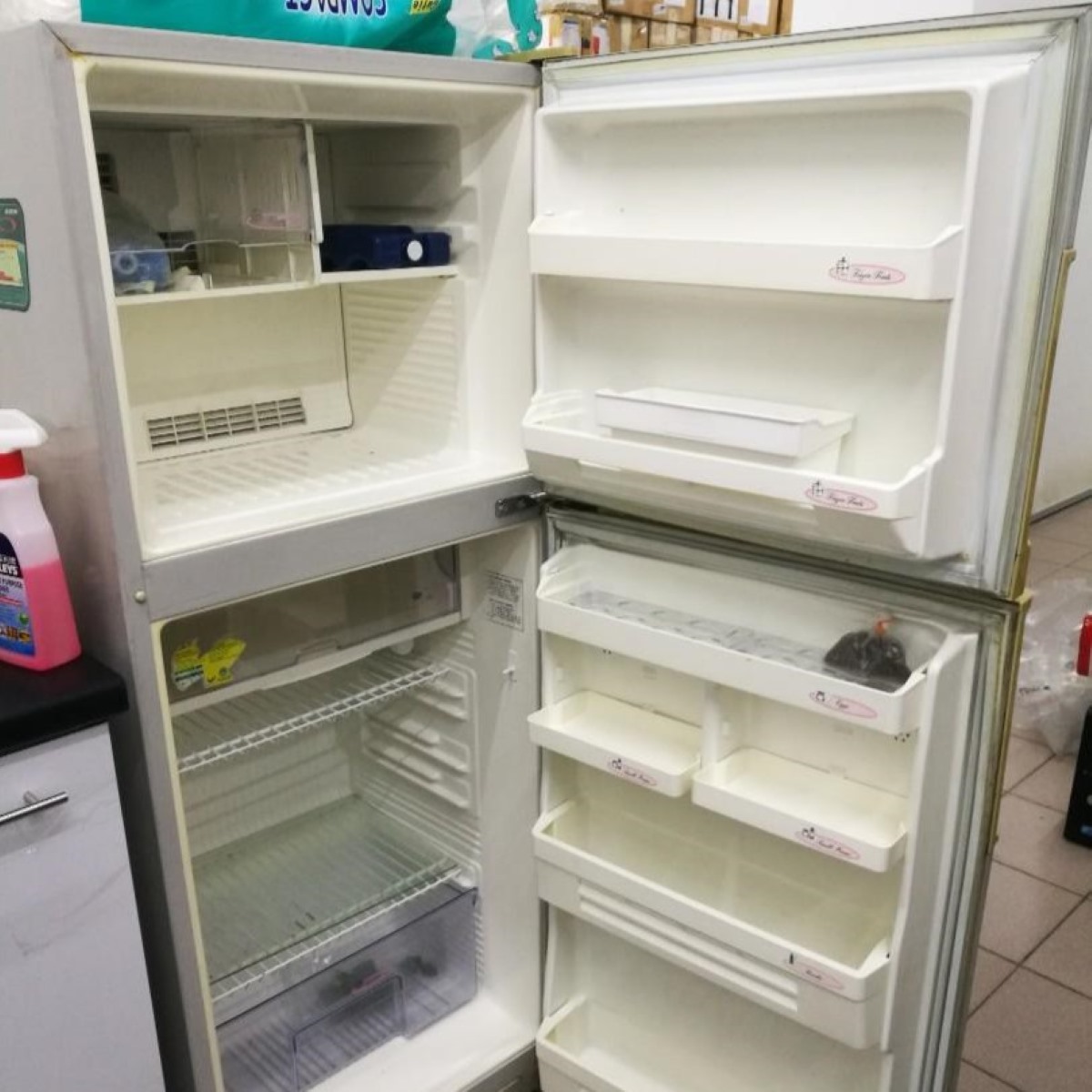

0 thoughts on “How To Store Unused Spam”